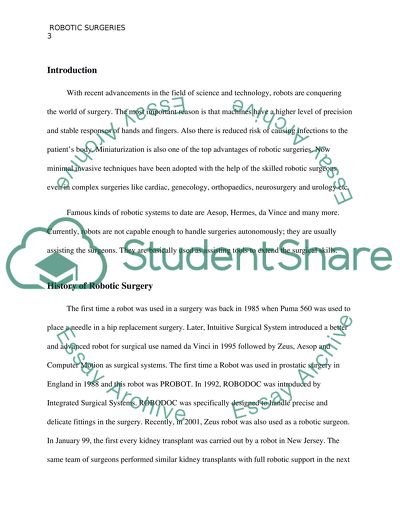Cite this document
(The Remote Robotic Surgery Coursework Example | Topics and Well Written Essays - 2000 words, n.d.)
The Remote Robotic Surgery Coursework Example | Topics and Well Written Essays - 2000 words. Retrieved from https://studentshare.org/health-sciences-medicine/1614308-remoterobotic-surgery
The Remote Robotic Surgery Coursework Example | Topics and Well Written Essays - 2000 words. Retrieved from https://studentshare.org/health-sciences-medicine/1614308-remoterobotic-surgery
(The Remote Robotic Surgery Coursework Example | Topics and Well Written Essays - 2000 Words)
The Remote Robotic Surgery Coursework Example | Topics and Well Written Essays - 2000 Words. https://studentshare.org/health-sciences-medicine/1614308-remoterobotic-surgery.
The Remote Robotic Surgery Coursework Example | Topics and Well Written Essays - 2000 Words. https://studentshare.org/health-sciences-medicine/1614308-remoterobotic-surgery.
“The Remote Robotic Surgery Coursework Example | Topics and Well Written Essays - 2000 Words”. https://studentshare.org/health-sciences-medicine/1614308-remoterobotic-surgery.


